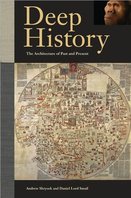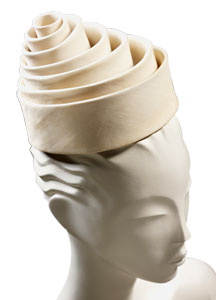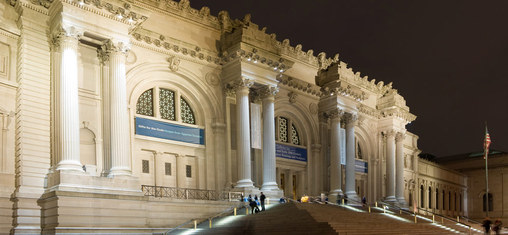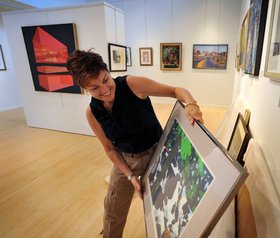Tuesday’s New York Times contained a very interesting article headlined “History That’s Written in Beads as Well as Words” about “deep history.”
You may very well be asking, so what, what’s that got to do with art and museums?
 I cite it because it describes what some people have told me is a parallel problem, if you will, in art history. The Times article says that too many historians are focusing on the reccent past, with “Three out of four historians…specializ[ing] in the post-industrial era or the 20th century, the American Historical Association reports.” It quotes Daniel Lord Smail, a medieval historian at Harvard, saying that the prevalence of such “microhistory…has stunted the ambition to think big.”
I cite it because it describes what some people have told me is a parallel problem, if you will, in art history. The Times article says that too many historians are focusing on the reccent past, with “Three out of four historians…specializ[ing] in the post-industrial era or the 20th century, the American Historical Association reports.” It quotes Daniel Lord Smail, a medieval historian at Harvard, saying that the prevalence of such “microhistory…has stunted the ambition to think big.”
Likewise, in art history the focus is on contemporary art, which by some estimates is drawing as many as 80% of art history students. (Here’s one post where I’ve mentioned this before).
The article was buoying, though, because it described a “rearguard” action to reverse course and “stage an intellectual coup.” Smail and his collaborators are publishing a manifesto, a book called Deep History: The Architecture of Past and Present (University of California Press), urging historians to take the long view and develop grand theses (for testing).
 Admittedly, art history is a bit different. But maybe it’s time for a parallel group to form with the intent of reversing the scholarly bias toward contemporary art (partly a product of that being where the jobs are) and narrow studies.
Admittedly, art history is a bit different. But maybe it’s time for a parallel group to form with the intent of reversing the scholarly bias toward contemporary art (partly a product of that being where the jobs are) and narrow studies.
And just for fun, let me end this with another excerpt from the Times article:
Some historians and other humanists treat the modern era as if it suddenly popped out of a chicken, “like an unfertilized egg,” Mr. Smail said. “Historians need to develop the habit of looking backward,” he said, ” to see how their own period is in a dialogue with what came before.”
Love the egg line.

 The
The 

